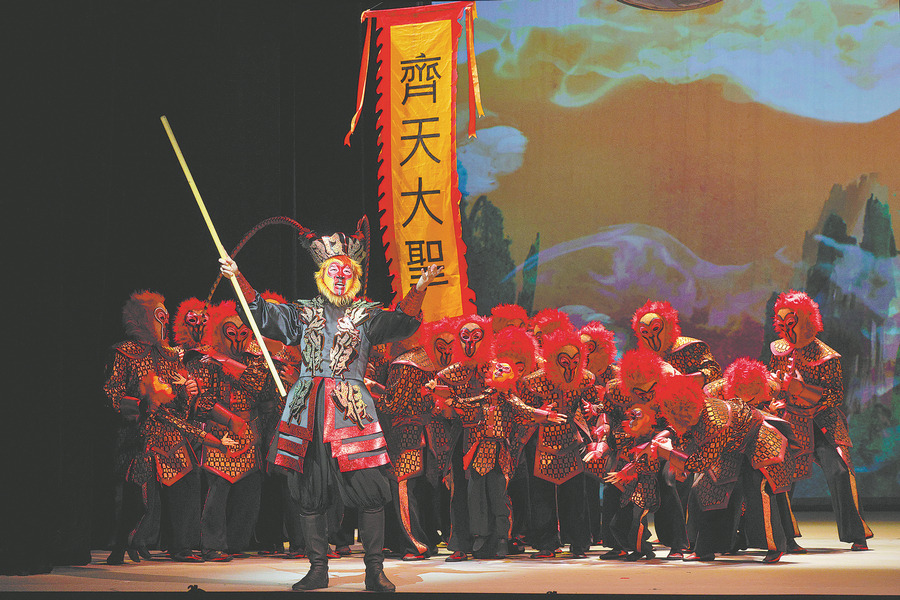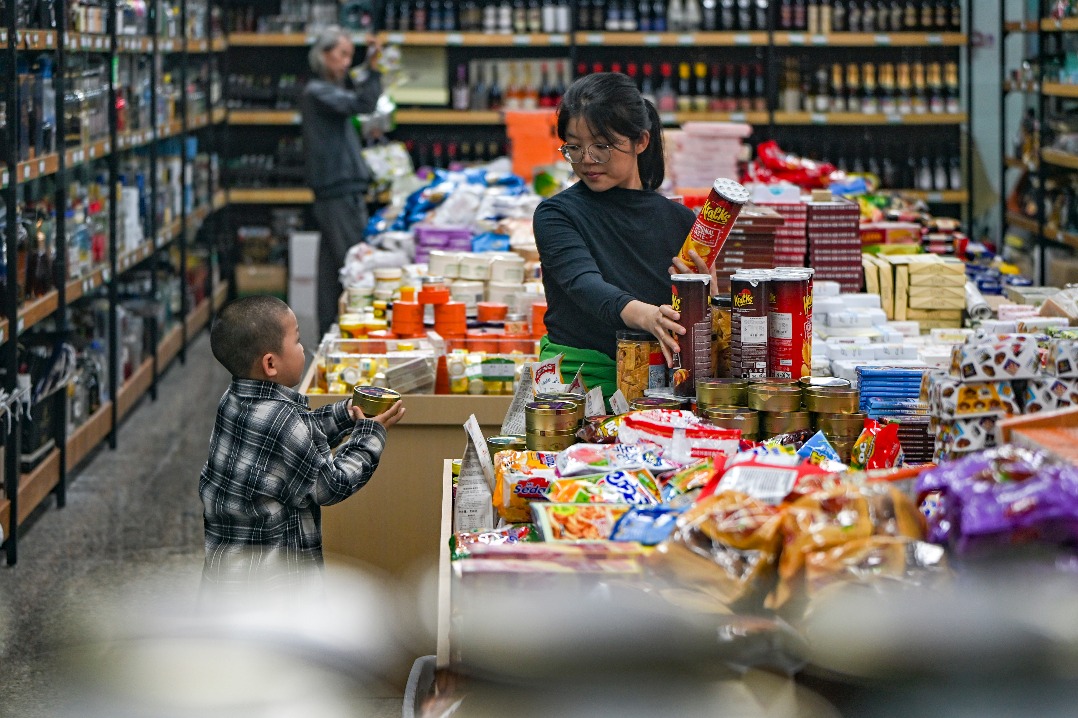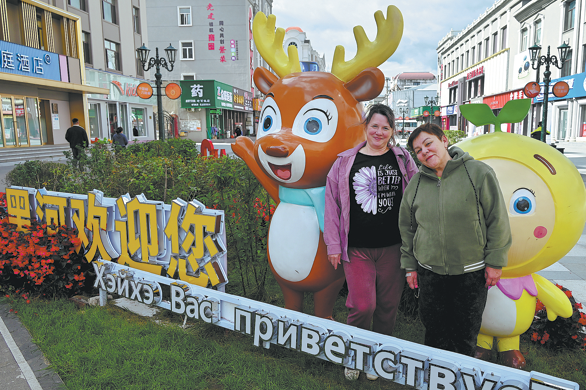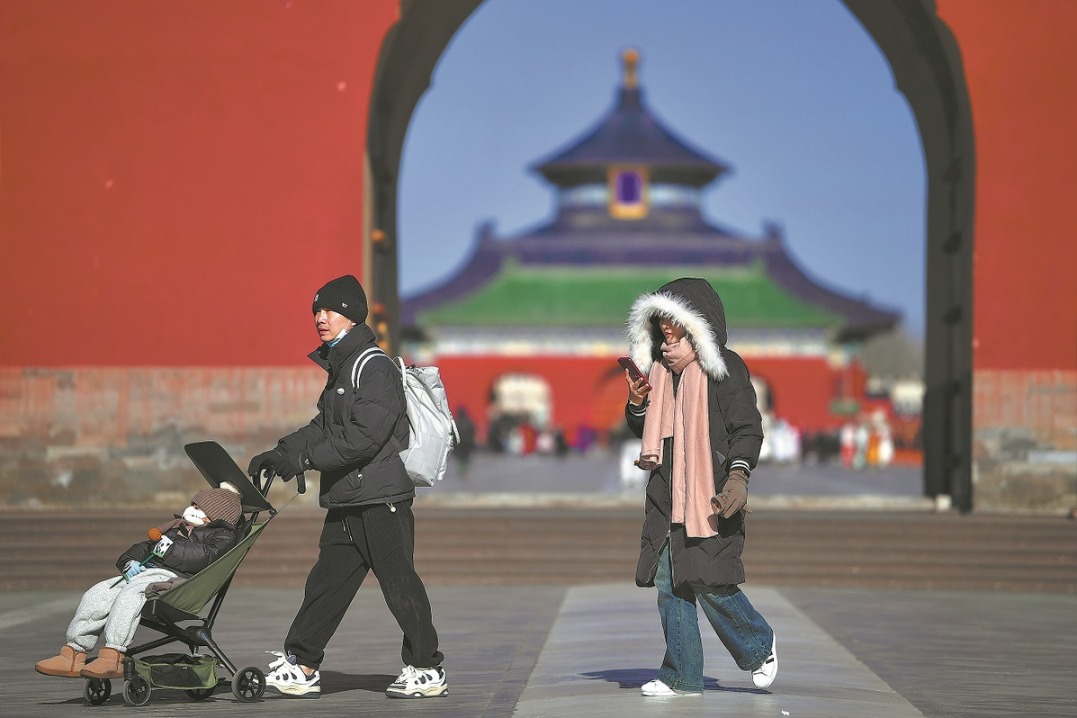Respite in the heart of a metropolis
By Michael Rhys Card | China Daily | Updated: 2023-06-06 06:26


In my almost 12 years living in China, I've visited many provinces and cities across the country, yet the one I have found myself returning to the most over the years is the southern city of Hong Kong. Having long ago exhausted all the usual tourist spots, the city almost feels like a second home to me and, though I love the feeling of comfort and familiarity, during my most recent trip I decided to search out some less well-known places in a bid to rekindle that feeling of exploring this unique city for the first time.
So, after a little research, I stumbled upon a small temple deep in the city. I was intrigued by its relatively small online presence, so I decided to take a look.
Man Mo Temple, a tribute to the god of literature (Man) and the martial god of war (Mo), was built between 1847 and 1862, and was declared a historical building in 1994 and a monument in 2010. The temple provides an opportunity to pray for those wishing to improve their studies or martial abilities.
Located as it is at the top of the unreasonably steep streets of the Central district on the island side of the city, getting to the temple would be a tiring affair if it were not for the outdoor escalator system (which happens to be the longest outdoor covered escalator in the world at 800 meters), which got me to my destination with much less effort, an especially welcoming feat in the 30-degree Celsius humid conditions.
When I arrived, I almost missed the temple completely, with it tucked between a group of colorful high-rise buildings synonymous with Hong Kong. As with many of its Qing Dynasty (1644-1911) counterparts, Man Mo has a beautiful design with its glazed green tiles and carved stone artwork, but unlike many of the temples I have visited, its diminutive size and lack of any real outdoor courtyard give it a distinctive personality, making it stand out while still fitting in with the rest of the city.
Despite being situated in one of the busiest areas of Hong Kong, when you step through the threshold into the temple, it is a remarkably peaceful experience, with its patrons, and sparse number of tourists silently making their offerings and taking in the building's unique appearance, with the peace only broken by the occasional striking of a gong.
The confined dimensions of the building are masked by the sunlight streaming in through the open roof and piercing the plumes of thick aromatic smoke emanating from the vast number of incense coils hanging from the ceiling. The feeling I got from these sights and smells and sounds is not easy to describe, and hopefully my accompanying photos do it some justice, but of all the sites I've visited over the years, it is the most "otherworldly".
Another big difference with Man Mo Temple is that this is primarily a working temple, rather than a tourist destination that also happens to act as a place of worship. I visited during the May Labor Day holiday, when the city was packed, but the temple was almost empty, as it still remains a relatively well-kept secret. Though I would definitely recommend a visit to Man Mo Temple, perhaps part of its charm stems from its obscurity and, were it to become a more popular tourist designation, this allure may be blemished.
























